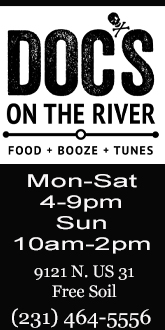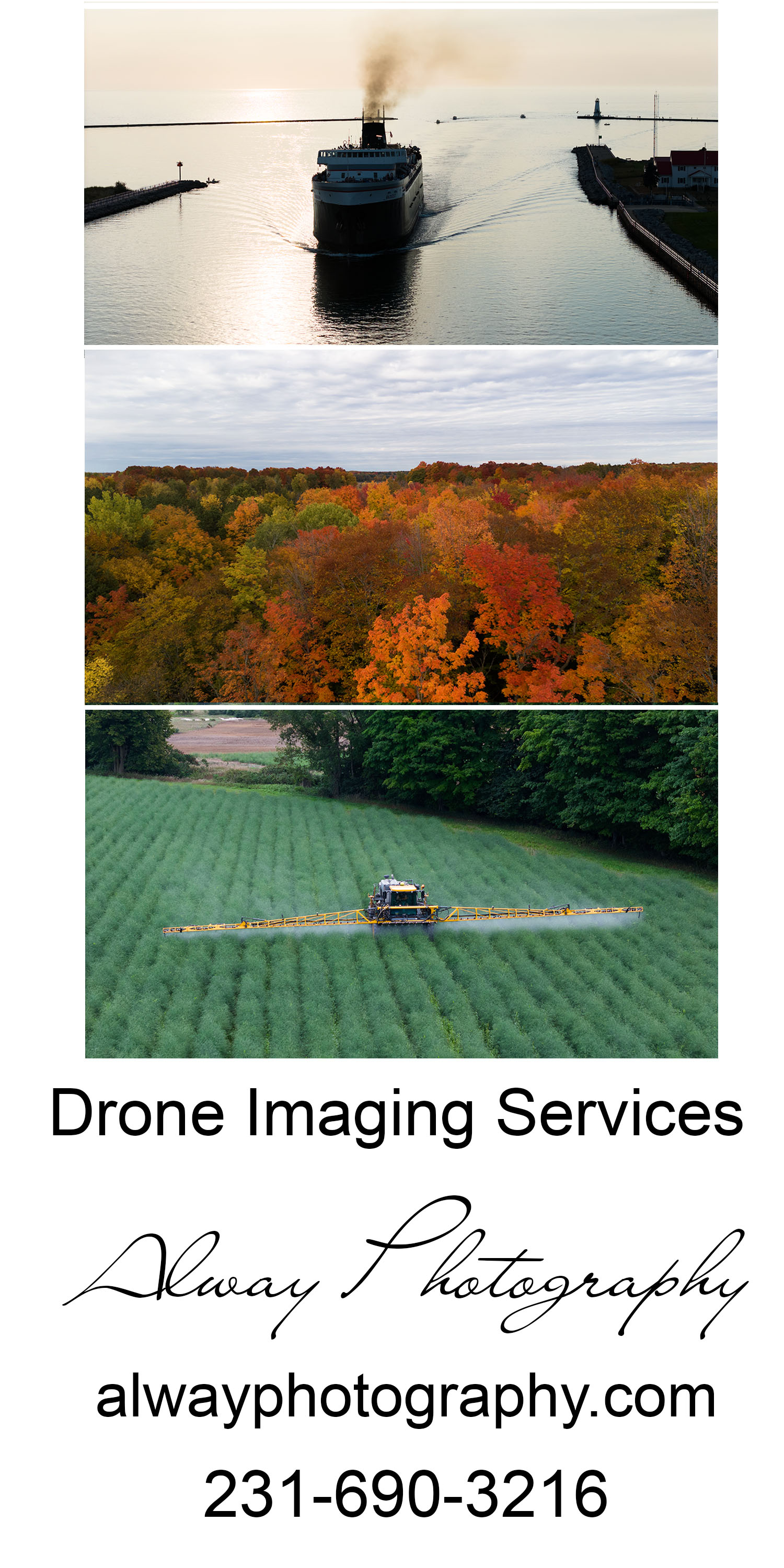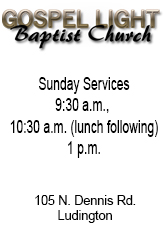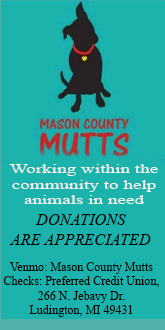 Outside the Walls, a blog written by Nick VanderWall, is sponsored by VanderHaag Car Sales, 1680 W. U.S. 10-31, Scottville; 231-757-2727; www.vanderhaagcarsales.com, Mason County’s premier car rental outlet and also Legends Taxidermy of Scottville; 231-757-9589;www.legendstaxidermy.com. It appears here on the second and fourth Monday of the month.
Outside the Walls, a blog written by Nick VanderWall, is sponsored by VanderHaag Car Sales, 1680 W. U.S. 10-31, Scottville; 231-757-2727; www.vanderhaagcarsales.com, Mason County’s premier car rental outlet and also Legends Taxidermy of Scottville; 231-757-9589;www.legendstaxidermy.com. It appears here on the second and fourth Monday of the month.
As the deer season is winding down it is time to bring some other outdoor activities such as trapping to the fore front.
Larry Hawke loves trapping because it is easier to take his daughters along, and they get really excited when he catches something, he said. “My two and five-year-old love it because you don’t have to be as quiet like when we’re deer hunting.”
“It’s a surprise every time you walk up to your traps,” Hawke said. One time this year he was walking up to a trap in a ditch and he had a gray fox in it.
Another reason he likes it is because you have to use your mind, he said. He always tries to outwit the critter and have them step in that spot that he wants them to.
“You have to spend time and make it look like there hasn’t been any disturbance around the bait,” Hawke said.
Now there are different baits that people tend to use. If you use wild game meat it has to be in season, so venison can only be used until Jan. 1, he said. “People will use pungent smelling meat because the smell will travel.”
Basically any meat base will work from pieces of mice to fish, he said. Earlier in the season people use urine for an attractant as well because the animals will come and mark their territory, and hopefully step in his trap.
There are a wide variety of traps including footholds, body traps, live traps, and snares, he said. The smaller the number the smaller the size of the trap, so if it is a larger number you can trap a larger animal like a beaver or a coyote.”
Hawke has around 50 or so traps set out, spread on several different properties, he said. “Right now it’s a mix of everything from coyote, coon, mink, and muskrat sets.”
One of the reasons people trap is to take care of nuisance animals like coyotes and raccoons, Hawke said. “It is to lower the population on the problem animals like coyotes because they are killing some of the deer,”
“You can make some money by selling their pelts,” he said. You can sell them after you skin them, but Hawke scrapes and stretches the hides before he sells them. That way he makes a little more money.
You have to tag every trap with your driver’s license or name and address, even if they are just in your truck, Hawke said. I
“Its fun, but it will break your heart when you walk up and see nothing in your traps,” he said. ” That’s why it is a mind game, it is fun to try and figure out why they didn’t come to your bait.”
The trapping season begins Oct. 15 and goes all winter long. For a list of trapping seasons and what animals they all include check out the DNR’s trapping page.
He has to remind himself that there is always another day and another opportunity over the next rise or in the next ditch.



















.jpg)


























.png)












